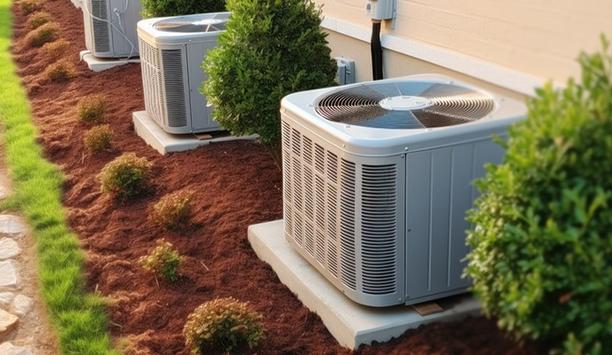A key deadline for phasing out hydrochlorofluorocarbons (HCFCs) from residential air conditioning systems is less than a year away. Jan. 1, 2020, is the deadline after which there will be no U.S. production or import of HCFC-142b and HCFC-22 (also called R-22).
The deadline is part of an incremental phazeout of HCFC consumption and production based on the U.S. commitment in the 1997 Montreal Protocol aimed at protecting stratospheric ozone. Section 605 of the Clean Air Act establishes phazeout targets for the chemicals. The phazeout will be complete in 2030, after which time there will be no production or import of any HCFCs.
HCFC-142b retrofit refrigerant
HCFC-142b is used in small quantities in refrigerant blends and as a retrofit refrigerant in motor vehicle ACs
HCFC-142b is used in small quantities in refrigerant blends and as a retrofit refrigerant in motor vehicle air conditioners that previously used chloroflurococarbons (CFCs), which were eliminated in the mid-1990s for their potential to deplete the ozone layer.
HCFC-22 is the most commonly used refrigerant in applications such as unitary air conditioners, cold storage, retail food refrigeration equipment, chillers and industrial process refrigeration. Any air conditioner or heat pump manufactured before 2010 likely uses HCFC-22 refrigerant.
Hydrochlorofluorocarbons in air conditioning systems
On Jan. 1, 2020, U.S. production or import of HCFC-22 and HCFC-142b will not be permitted in the United States. After this happens, only recycled/reclaimed or stockpiled quantities of HCFC-22 and HCFC-142b will be available for servicing existing equipment, and they will likely be more expensive. These substances have been in the process of being phazed out since 2015, when supplies were reduced by 90 percent. Since 2010, HCFC-22 and HCFC-142b have been available exclusively for use to service existing equipment.
There are several non-ozone-depleting alternatives to HCFC-22. They include R-134a and R-410A, which can be used in a new installation; and R-407C and R-407A, which can be used in a new or a retrofit installation. The most common alternative is R-410A, which is manufactured and sold under various trade names such as GENTRON AZ-20, SUVA 410A, and PURON.
Significant New Alternatives Policy
SNAP (Significant New Alternatives Policy) was established by the U.S. Clean Air Act to identify and evaluate substitutes for ozone-depleting substances. The program looks at overall risks to human health and the environment of existing and new substitutes, publishes lists and promotes the use of acceptable substances, and provides the public with information. EPA reviews alternative refrigerants and maintains a list of acceptable substitutes for household and light commercial air conditioning.
For the last 25 years, the air conditioning and refrigeration industry has been working to reduce its use of CFC refrigerants, which are no longer available on new equipment. The industry has used alternative refrigerants and achieved higher efficiency ratings to achieve the goals.
CFC refrigerants
Long life of AC equipment has extended the continuing use of CFC refrigerants by existing equipment
However, the long useful life of air conditioning equipment has extended the continuing use of CFC refrigerants by existing equipment. Green building groups have supported legislative action to reduce federal depreciation schedules for this equipment, which would accelerate the replacement of older equipment and hasten the total elimination of CFC refrigerant use.
The HEAT Act, which Congress passed in 2017 as part of the landmark Tax Cuts and Jobs Act, reduced commercial HVAC expensing from 39 years to immediate (zero years).
Phazing out ozone-depleting refrigerants
The European Union is also committed to protecting the ozone layer and has some of the strictest regulations in the world. Since 2010, there has been a ban on the use of “virgin” HCFCs to service and maintain refrigeration and air conditioning equipment; use of reclaimed or recycled HCFCs for service or maintenance has been banned since 2015.







































